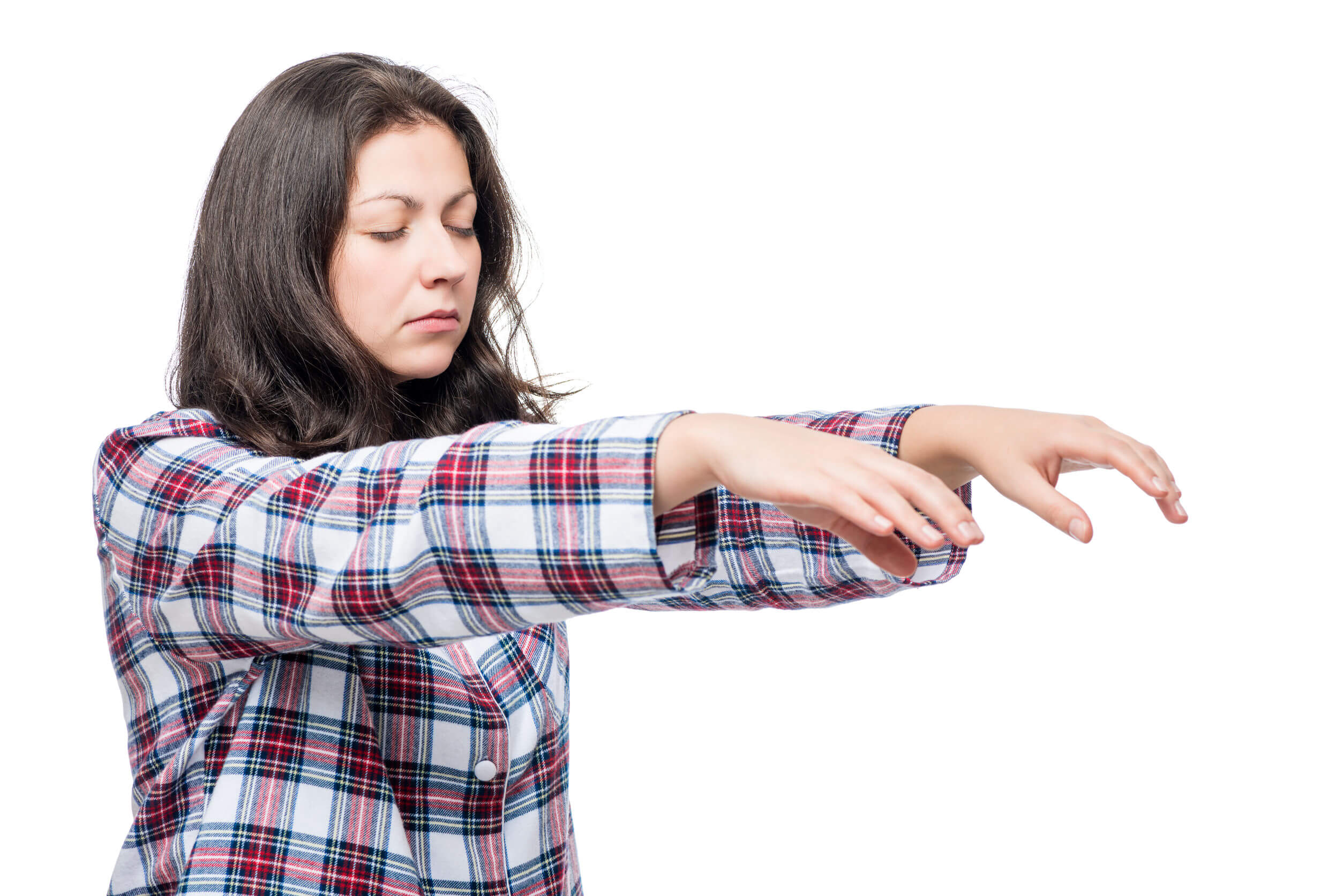
For many years it was thought that somnambulism, also known as sleepwalking, is related to hysteria. Fortunately, many years of research have resulted in a new theory that classifies sleepwalking as typical sleep disorder. During the night time unconsciousness, we can perform a number of complex motor activities, such as walking, eating, and even conducting intricate conversations with other people. After waking up, however, we do not remember any of these activities and we start wondering if we might need to see a specialist. Do sleepwalkers have causes for concern?
The mystery of sleepwalking
Somnambulism is a disorder occurring in about 15% of children and 3% of adults. Its clinical symptoms are uncontrolled activities without full awakening during sleep. Typical fits of sleepwalking occur in about one hour after going to sleep because then we fall into a slow-wave sleep. Where does this come from? That is when our sleep is the most effective and deepest. At that time growth hormones are released and we rest the most efficiently. Episodes of sleepwalking are usually observed before puberty. After the age of 10 they start to pass. The interesting fact is that around the age of 13 somnambulism is still found in more than 24% of people who had the fits in their early childhood. There are slightly more sleepwalkers among boys than girls. The episodes of somnambulism are accompanied by a state of mixed consciousness with low sensitivity to environment stimuli, a mask-like face expression, indistinct speech and sometimes mumbling. The movements are often chaotic and imprecise. There is a temporary state of disorientation after waking up. Noise and pain perception are probably not present because somnambulists do not seem to hear words addressed to them or feel pain.
What is the reason?
A study by professors Wills and Garcia of 2002 reveals that the symptoms of somnambulism are the result of an incomplete awakening from deep sleep in NREM stage. There are also many indications that there is a genetic factor that predisposes to such disorders. Studies performed on twins showed that somnambulism occurs five times more often in both of identical twins than in fraternal twins. What is more 80% of the examined sleepwalkers stated that similar episodes occur in their families.
Somnambulism among children may result from the immaturity of nervous system but among adults the causes are completely different. Shortage of sleep is thought to be the primary reason. If there is a strong stimulus, e.g. the need to use the toilet, then part of the nervous system will try to stay asleep and the risk of incomplete awaking will arise. Chronic stress and discomfort resulting from various types of diseases also have consequences. It happens that people suffering from diabetes attempt to wake up when the level of sugar in their blood decreases rapidly. What is more our body can react in this way even to ordinary nighttime discomfort such as a badly cushioned pillow, wrong temperature or an uncomfortable sheet.
Medicine for sleepwalkers
Do not panic if you notice such symptoms in yourself or your child. At first, we need to look at the reactions and body, and think about possible causes. They may turn out to be completely harmless. Both among many children and adults the disorders may result from sensory problems. Long lasting problems and struggles with sleep may be sometimes solved with a weighted blanket. It enables to send a number of positive signals to our brain and, as a result, we calm down and start feeling safer and more secure. When our brain is not distracted by anxiety and stress in the night, we have a chance for a full and effective sleep without sleepwalking. A quilt or blanket with a special heavier filling (customised individually) stimulates the proprioceptive system which is responsible for the deep feeling. Should a therapeutic consultation be necessary, the first step taken will be to make the sleep shallower. The shallower the sleep, the lower the risk that we will begin to get up and walk out of control. A 20-minute nap during the day may be also a good solution as it guarantees an identical effectiveness as pharmacological treatment.
More about weighted blankets: gravityblankets.co.uk




